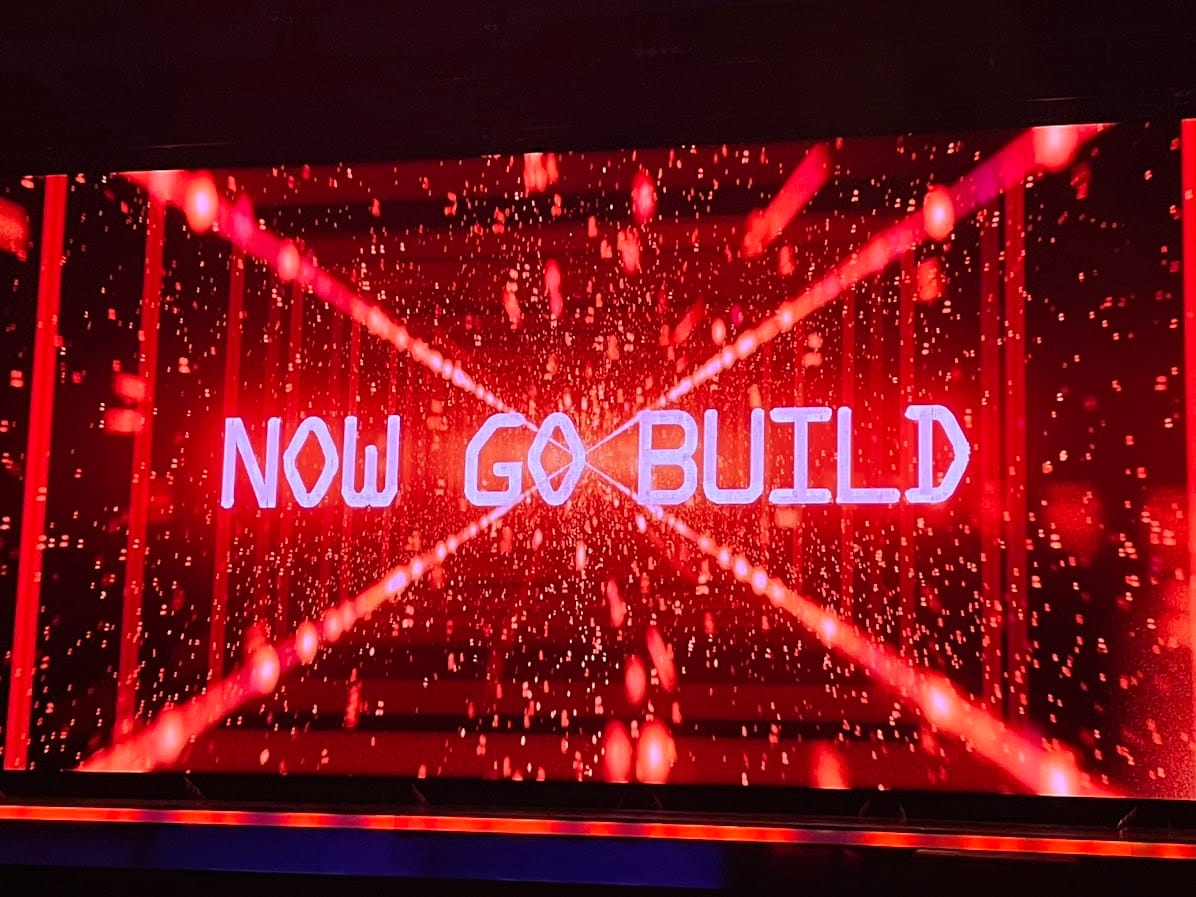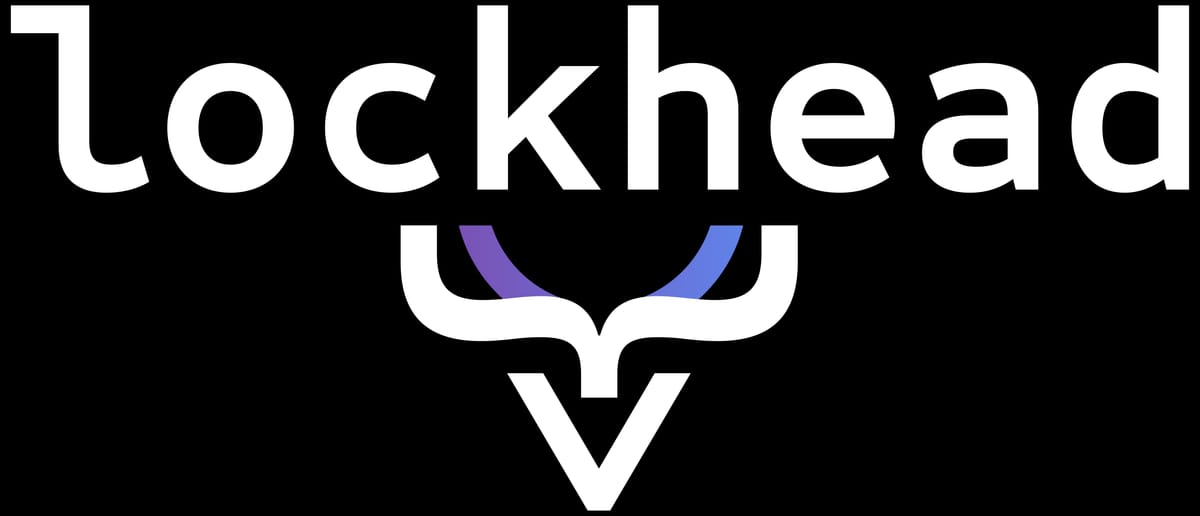
The state of CodeCatalyst in July 2024
A few more months in…
CodeCatalyst has been officially announced in december 2022 and reached GA in april 2023. Since then, it has been getting a lot of updates and changes, some of them you’ve potentially never had a look on. In december 2023, major updates for enterprise customers were announced alongside other features like packages and Amazon Q integration functionalities.
CodeCatalyst Best New Updates in July 2024
Since last re:invent, CodeCatalyst has gradually increased the third party integrations with the option to have your source code stored in Gitlab, Github or Bitbucket. We have also seen the expansion of Custom Blueprints to CodeGeneration for repositories stored outside CodeCatalyst itself. Just recently, we have also seen the possibility to have more than one space attached to a single IAM identity center, which allows further usage of CodeCatalyst for more enterprise customers. CodeCatalyst also announced the possibility to expand packages usage to other providers than just npm - you are now also able to store maven based artifacts or OCI based images in packages. Major updates to custom blueprints and additional blueprints allow and anble you to on the onside import source code into CodeCatalyst and on the other side to create a custom blueprint out of an existing project. This should make creating blueprints more accessible. For a few months it has also been possible to include “approval gates” in CodeCatalyst workflows. This is a very limited functionality, but it still allows some important use cases.
Is CodeCatalyst ready for prime time?
It still depends. While CodeCatalyst has drastically improved and matured over the last 12 months, there are still a few things that need to get better before I would 100% recommend you to use it. Things that mainly concern me as of now: CI/CD capabilities and integration with AWS services. The CI/CD capabilities are still limited and need to be improved to be more flexible and integrated. Approval rules need to be more sophisticated and allow some more specification. If you already have CI/CD workflows or branch permissions set up in a tool of your choice, having “import” functionalities that translate existing Github Actions, Jenkins pipelines or Gitlab workflows into CodeCatalyst workflows is missing as well as the option to automatically set up branch permissions. Other than that, CodeCatalyst is pretty much ready to be used for prime time and it has some functionalities that are outstanding and should be marketted more.
Next steps? What I think could come next…
The brave option
I still believe that that most underrated functionalitiy of CodeCatalyst is the Custom Blueprints functionality. If you’re living in a k8s world, Backstage has been leading, together with others, the field of “Internal Developer Portals” that empower developers perform actions quicker and more eficient in their day to day live. Especially Backstage starts with the possibility of scaffolding projects and generating code. However, Backstage does not allow you to keep track of changes to the relevant templates later. Custom Blueprints - and also “existing Blueprints” do empower developers to do exactly the same thing. Given CodeCatalyst has already been opening itself with other third party integrations like allowing a full Github, Gitlab and Bitbucket integration, I can see a potential of opening CodeCatalyst up even further. With the given and already available marketplace in CodeCatalyst - that is not yet used very much - this could be opened up to allow other providers to add additional integrations, actions, blue prints. Still the team would need to add additional functionalities like dashboards, widgets, … to make CodeCatalyst like an “Internal Developer Portal”. What is unclear to me is whether AWS will be brave enough to perform another 1-2 years of investment into CodeCatalyst before it can become the central place for developers on AWS. I am also not sure AWS will finally go All-In on CodeCatalyst or if they will continue to invest into the existing Code* tools (CodeCommit/CodePipeline/CodeBuild/CodeArtifact).
The usual way for AWS developer tools
AWS will continue to invest half-focused and try to stay “on track” to help a huge customer base to achieve the simple things with CodeCatalyst. Integrations to other AWS services will be missed, the adoption rate will be small. With this kind of investment, AWS will have multiple solutions of Developer Tools (CodeCatalyst vs. CodeCommit/CodePipeline/CodeBuild/CodeArtifact) in the portfolio that both do not solve “all” problems and usecases but serve different customer bases.
What I think will happen
Give CodeCatalyst is build in different service teams we will see some teams heavily investing into making “their” part of the product successful (e.g. “Packages”, “CI/CD” or “Amazon Q in CodeCatalyst”). We will start seing these unique capabilities reach other parts of AWS services or potentially also other platforms. CodeCatalyst as a product will continue to exist but the different service teams will start to focus on where they can make more “money”. CodeCatalyst will not be able to deliver the promise it had when it was announced as the “central place for DevOps teams on AWS”. CodeCatalyst functionalities will be made available through the AWS console. With that, CodeCatalyst as “the product” that I was hoping for will cease to exist. What do you think about my ideas and assumptions? Do you think I am wrong? Drop me a comment or a note, I’d love to hear what your take on the future of CodeCatalyst is!

